Bevel Gears
-
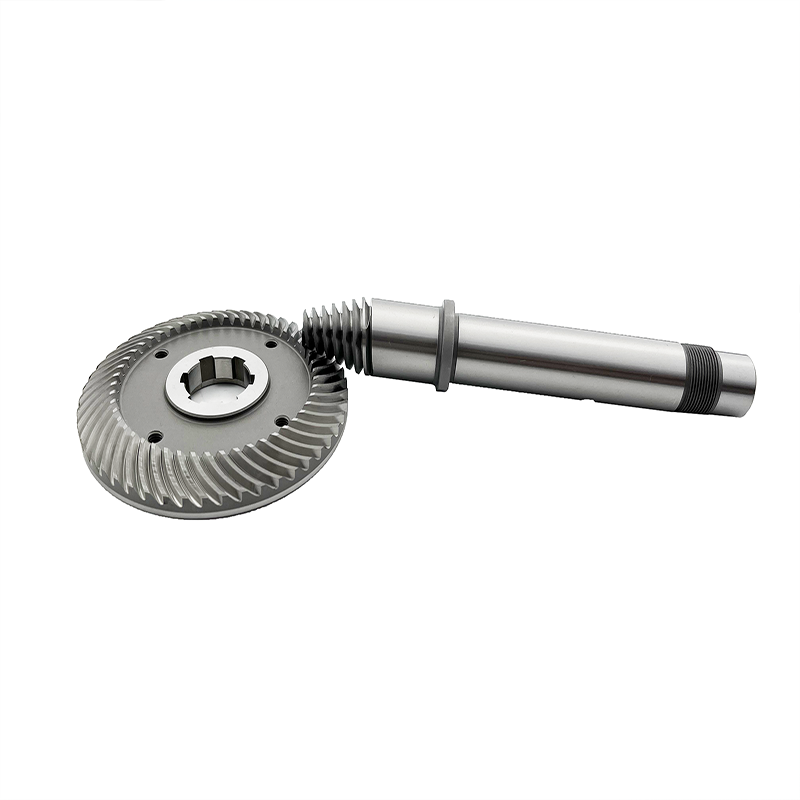
Hypoid Bevel Gears Used in Industrial Robot
Gleason tooth profile
● Material: 20CrMo
● Module:1.8
● Pitch Diameter: 18.33 mm
● Turn Direction:Right
● Heat Treatment: Carburization
● Surface treatment: Grinding
● Hardness: 58-62HRC
● Accuracy: Din 6
-

Enhance Your Vehicle’s Performance with High-Quality Differential Spider Gears
● Material: 9310 Steel
● Module: 1-3 M
● Heat Treatment: carburizing, quenching, and tempering
● Hardness: 58-62 HRC -

Supplier customized differential spider gear with Rapid Prototype Testing
● Material: 8620 Steel/ 9310 Steel
● Module: 1-3 M
● Heat Treatment: carburizing, quenching, and tempering
● Hardness: 58-62 HRC -

China suppliers ring and pinion gear rear differenital for automobile
● Material: 20 CrMnTi
● Module: 3 M
● Heat Treatment: Carburization
● Hardness: 58-63 HRC
● Tolerance Class: DIN 8 -
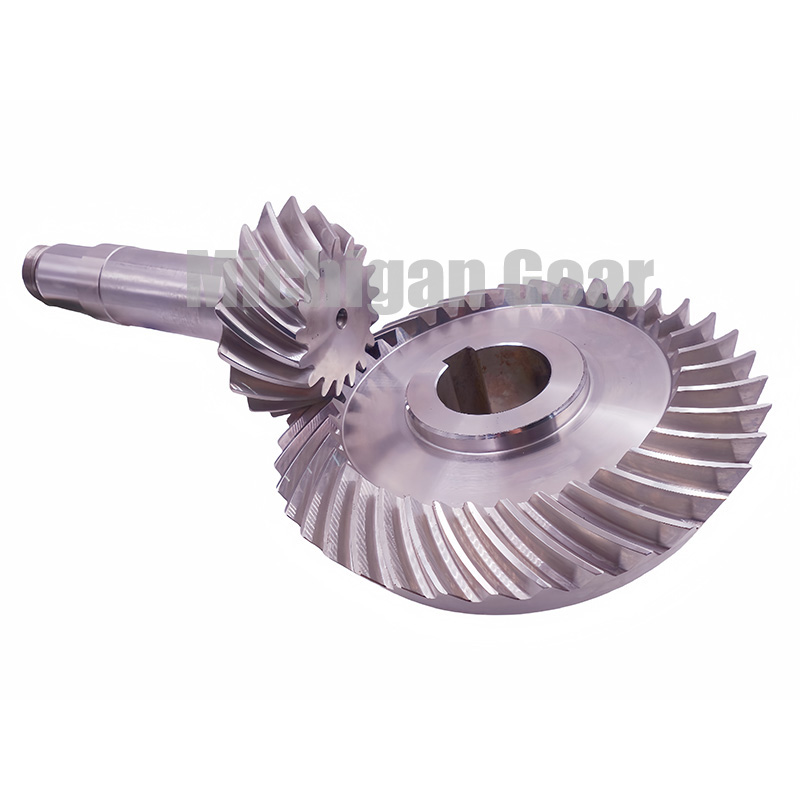
Supplier High Precision Ring and Pinion Gear Set
● Module: 4
● Material: SUS 303
● Tolerance Class: ISO 7
-

Zero Degree Helical Gears for Collaborative Robots
Gleason tooth profile
● Material: 20CrMnTi
● Module:2.5
● Number of Tooth: 52
● Heat Treatment: Carburization
● Surface treatment: Grinding
● Hardness: 58-62HRC
● Accuracy: Din 6
-

Zerol Bevel Gears for Robotic Systems
● Material: 20CrMnTi
● Module: 5M
● Heat Treatment: Carburizing
● Hardness: 60HRC
● Tolerance Class: ISO6 -
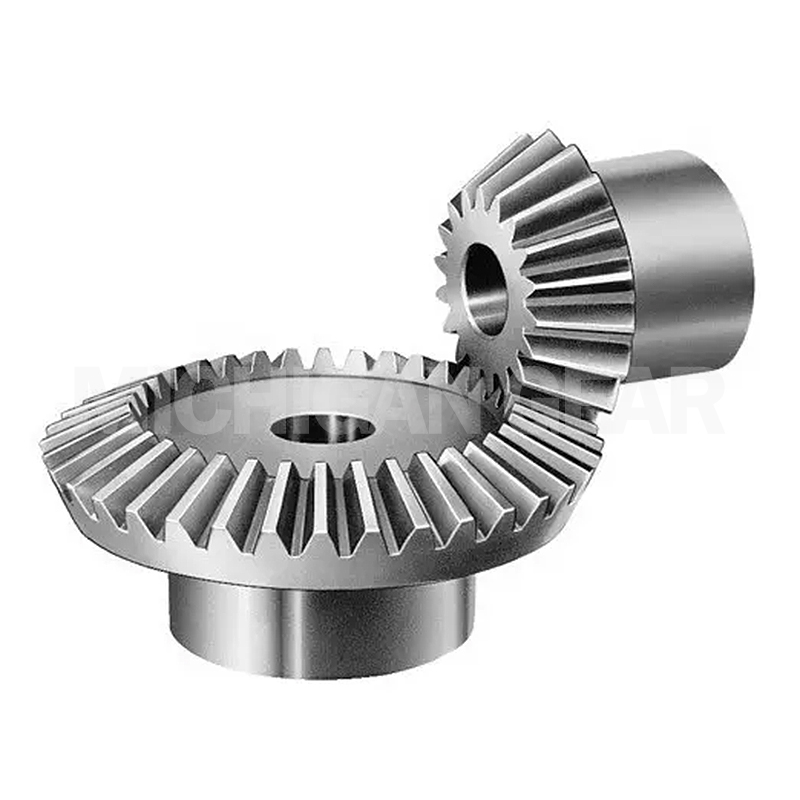
Custom Ratio 1:1, 2:1, 3:2, 4:3 Straight Bevel Gears for Conveyors
● Material: AISI 303ss
● Module: 3M
● Hardness: 180HB
● Tolerance Class: ISO7 -
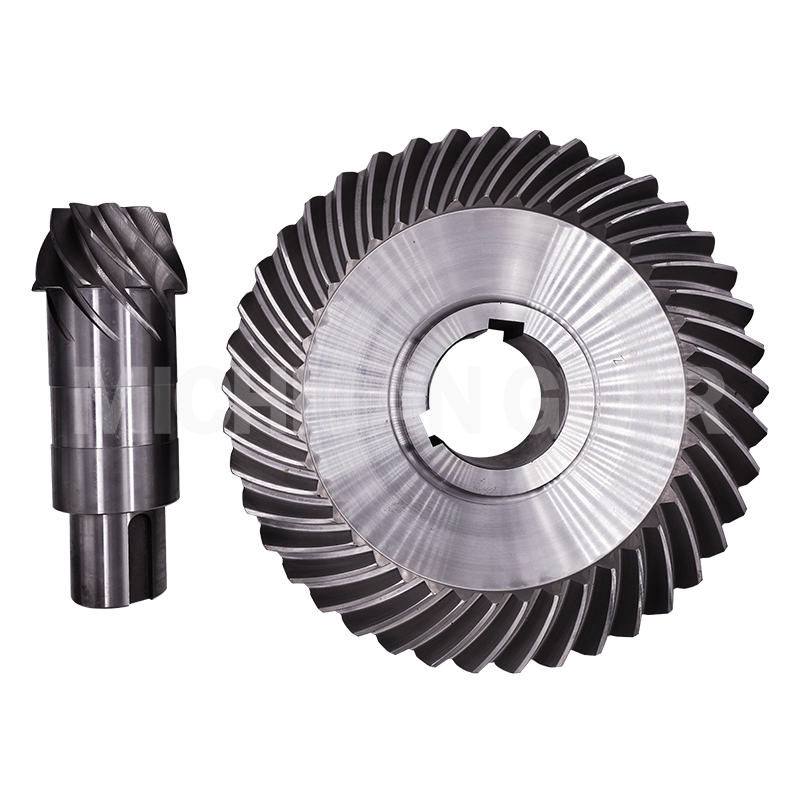
Ground Spiral Bevel Gears for Construction Machinery
● Material: 9310H
● Module: 8M
● Heat Treatment: Carburizing
● Hardness: 60HRC
● Tolerance Class: ISO5 -

Spiral Bevel Gears Used in Agricultural Machinery Gearboxes
● Material: 20CrMnTi
● Module: 6M
● Heat Treatment: Carburizing
● Hardness: 60HRC
● Tolerance Class: ISO6 -
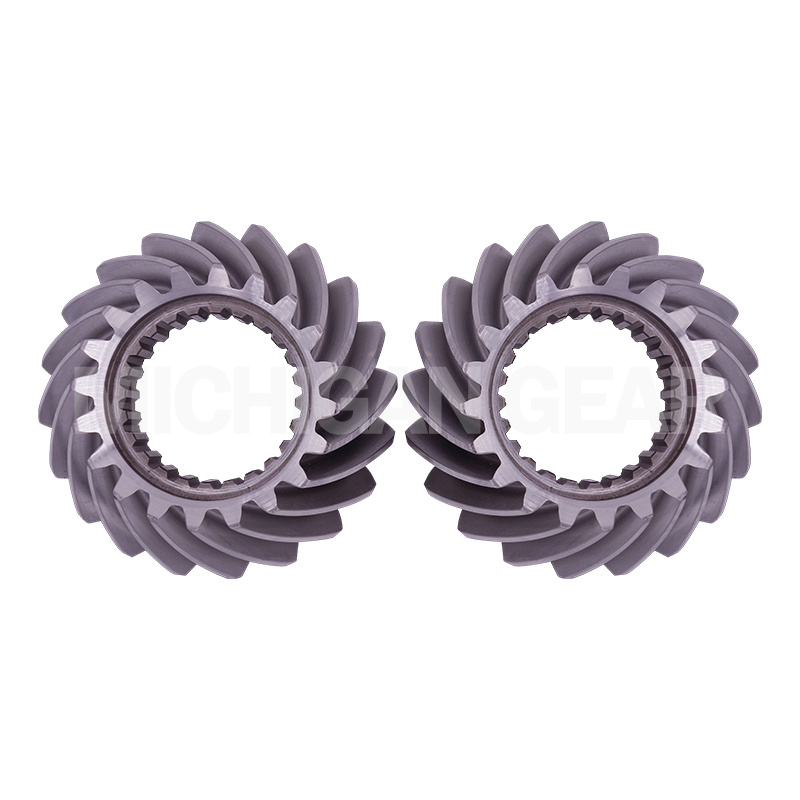
High Quality Spiral Miter Gears for Smooth Power Transmission
● Material: 38CrMoAl
● Module: 4M
● Heat Treatment: Nitriding
● Hardness: 1000HV
● Tolerance Class: ISO6 -
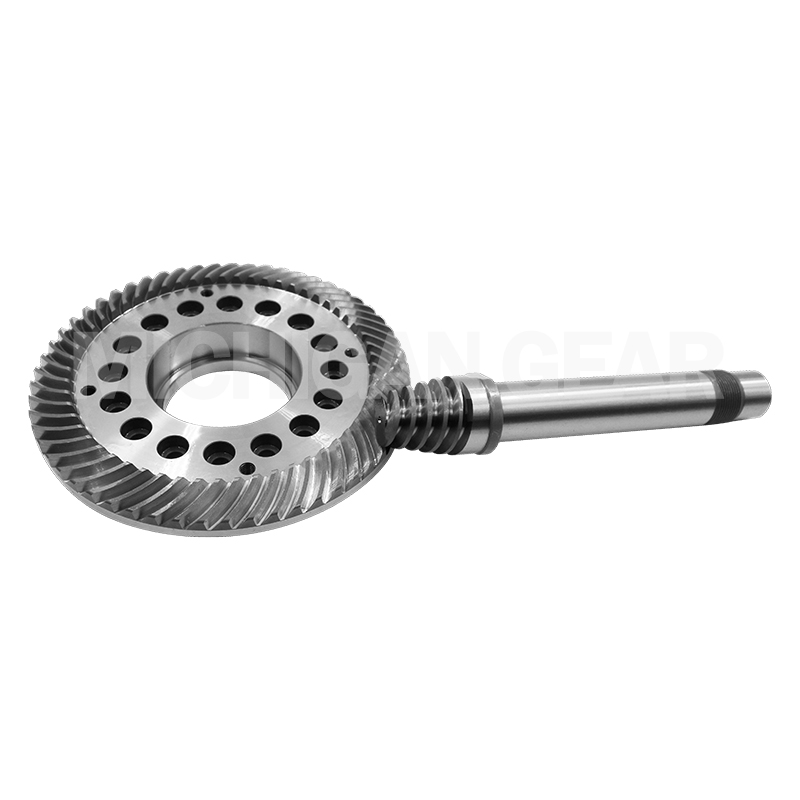
Supplier Custom Hypoid Bevel Gears Used in Robotic Arms
● Material: 20CrMo
● Module: 1.5M
● Heat Treatment: Carburizing
● Hardness: 58HRC
● Tolerance Class: ISO6




